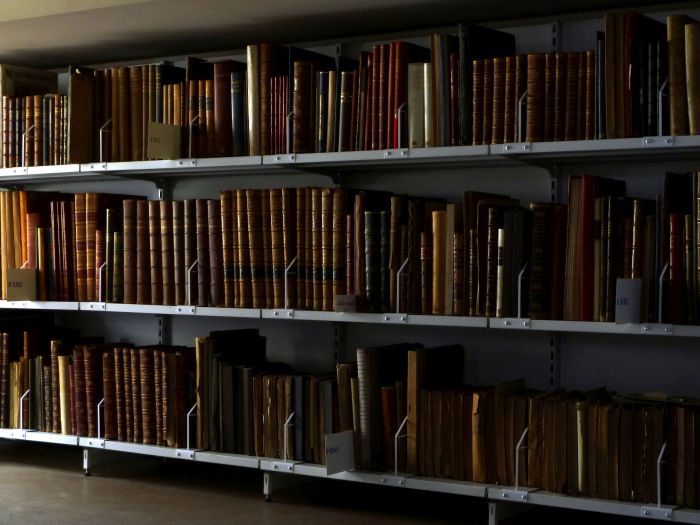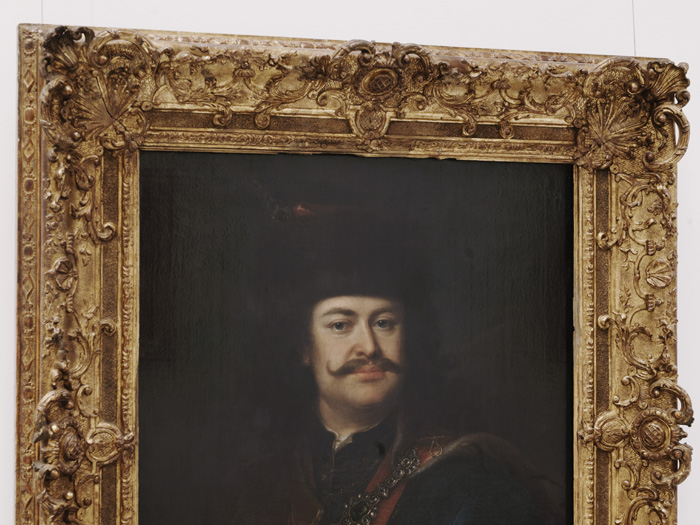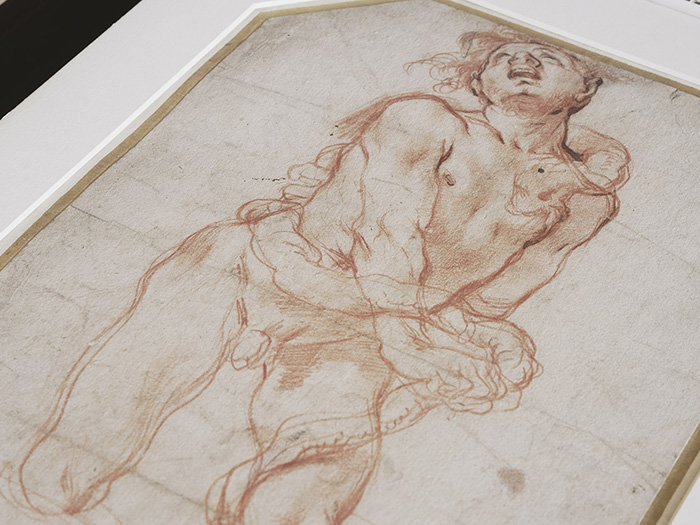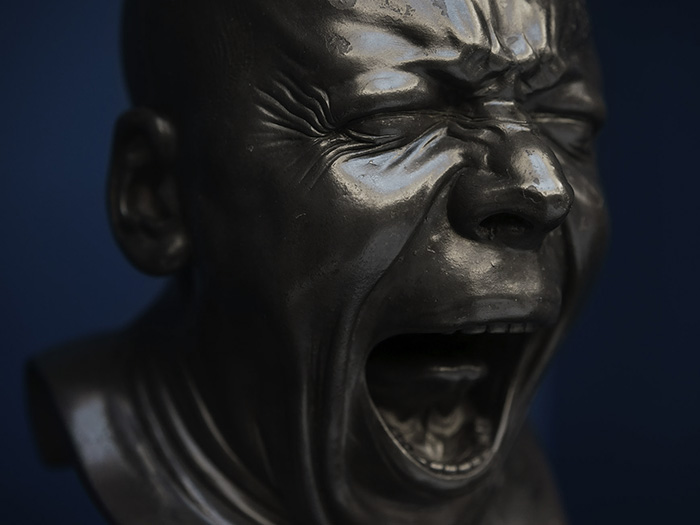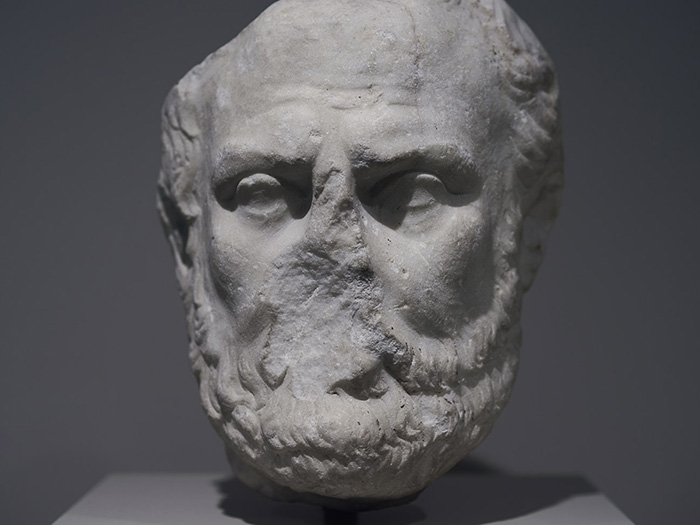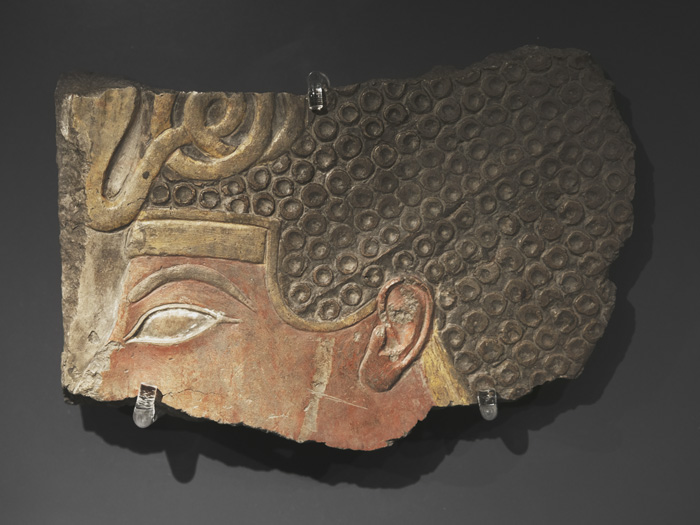We use cookies to provide you with the best possible service and a user-friendly website.
Please find our Privacy Policy on data protection and data management here
Please find more information on the cookies here
The almost 3,000 paintings of the collection is the richest in Italian works, including masterpieces by Raphael, Giorgione, Titian, Jacopo Tintoretto, and Giovanni Battista Tiepolo. Netherlandish painting is represented by great masters such as Petrus Christus and Gerard David, while the seventeenth-century “golden age” is introduced through the art of Anthony van Dyck, Jacob van Ruisdael, and Jacob Jordaens. The department preserves one of Europe’s most prominent Spanish collections, including paintings by Diego Velázquez, El Greco, Francisco Goya, and Bartolomé Esteban Murillo. The German and Central European parts of the collection are also remarkable both in regard to the number and quality of the works, including pictures by Albrecht Dürer, Hans Holbein the Elder, Lucas Cranach, Franz Anton Maulbertsch, and Jan Kupeczky. The baroque section showcasing the art of the French (Claude Lorrain, Nicolas Poussin) and British (Joshua Reynolds, John Constable) schools is more modest but full of interesting works.
The history of the collection is inextricably linked to that of Hungarian art collecting. The treasures of Hungary’s rulers were scattered by the storms of the centuries, and only a few pictures from the Viennese imperial and royal collections that once decorated the residence of the President of the Chamber in Buda found their way to the Hungarian state collection in 1848; included among them was Dürer’s Portrait of a Man. The core material of the Museum of Fine Arts (established in 1896) was basically formed by the collections of eighteenth- and nineteenth-century Hungarian aristocratic and ecclesiastical collectors. The most outstanding among these was the Esterházy Collection, the purchase of which in 1870–1871 by the state laid the foundation for the National Picture Gallery, the predecessor of the Museum of Fine Arts. The Esterházy Collection’s 637 paintings included Madonnas by Raphael, Antonio da Correggio, and Giovanni Antonio Boltraffio, 263 Dutch and Flemish pictures, as well as the best part of the museum’s Spanish material (works by Jusepe de Ribera, Murillo, and Goya).
The collection of Miklós Jankovich, a prominent collector in the Hungarian Reform Era, entered the National Picture Gallery from the National Gallery along with the legacies of János László Pyrker, archbishop of Eger and patriarch of Venice, the 192 works of which included Gentile Bellini’s Portrait of Catherine Cornaro, Giorgione’s Portrait of a Youth, as well as pictures by Tiepolo and Paolo Veronese. Between 1872 and 1880, scholar and bishop Arnold Ipolyi donated 60 early Italian and German panel paintings to the National Picture Gallery, among them those by Ambrogio Lorenzetti, Sassetta, and Michele Pannonio, with the intention of filling the gap in the Esterházy material, which lacked works by the early masters. The systematic augmentation of the collection ensued in the late nineteeth century and picked up pace after the appointment of Károly Pulszky as the museum’s director in 1884, whose keen eye and expertise led to the purchase of works mainly in Italy but also from art dealers in Cologne, Amsterdam, London, and Paris. Remarkable among his acquisitions are Sebastiano del Piombo’s Portrait of a Man, Barent van Orley’s Portrait of Charles V and a collection of Italian frescos. Pulszky and his successor, Gábor Térey, played a significant role in the fact that in 1912 a new building awaited the legacy of Count János Pálffy (works by Titian, Veronese, Petrus Christus, Jacob van Ruisdael, and Jan Steen), Marcell Nemes’s generous donations (for example, El Greco’s Penitent Magdalene) as well as the pieces bequeathed and purchased from the collections of notable aristocrats between the two world wars (Béla Széchényi, Ferenc Hatvany, Ignác Péteri, Lukács Enyedi, Ferenc Kleinberger, Frigyes Glück, Bernát Back, Jenő Boross). Two collections, which had operated as autonomous museums until the early twentieth century, were added to the holdings of the Museum of Fine Arts in the 1950s, when the museum of György Ráth, a prominent collector in Pest, and the fine art material of the Zichy Gallery entered the Old Masters’ Gallery. After the end of World War I, the museum had no opportunities to enrich its collections with large-scale foreign purchases, and since then the main sources of acquisitions have been donations and private collections that remained in Hungary. In recent times, the valuable augmentation of the Old Master Paintings has been helped by sponsors and financing projects.

